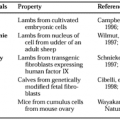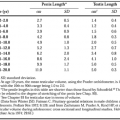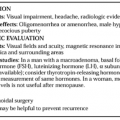BONE QUANTIFICATION AND DYNAMICS OF TURNOVER
David W. Dempster
Elizabeth Shane
The period since the 1970s has produced tremendous growth in the understanding of the pathophysiology of bone. This has resulted largely from an increased comprehension of normal and abnormal bone structure and from a much clearer grasp of the dynamic cellular processes involved in bone remodeling. Three major advances have greatly facilitated the accumulation of this information. First, the advent of plastic embedding media has made it possible to obtain, routinely, good quality histologic sections of fully mineralized bone. Previously, it was necessary to decalcify all bone specimens before histologic evaluation, and fundamental structural information was literally
washed down the sink with the decalcifying fluid. The second important advance was the discovery that the tetracycline antibiotics are permanently incorporated at sites of bone formation, allowing these regions to be visualized and quantitatively analyzed in histologic sections. Finally, a simple, safe, and relatively atraumatic surgical technique for obtaining well-preserved and adequately sized biopsy samples with the patient under local anesthesia was perfected.
washed down the sink with the decalcifying fluid. The second important advance was the discovery that the tetracycline antibiotics are permanently incorporated at sites of bone formation, allowing these regions to be visualized and quantitatively analyzed in histologic sections. Finally, a simple, safe, and relatively atraumatic surgical technique for obtaining well-preserved and adequately sized biopsy samples with the patient under local anesthesia was perfected.
Stay updated, free articles. Join our Telegram channel

Full access? Get Clinical Tree






